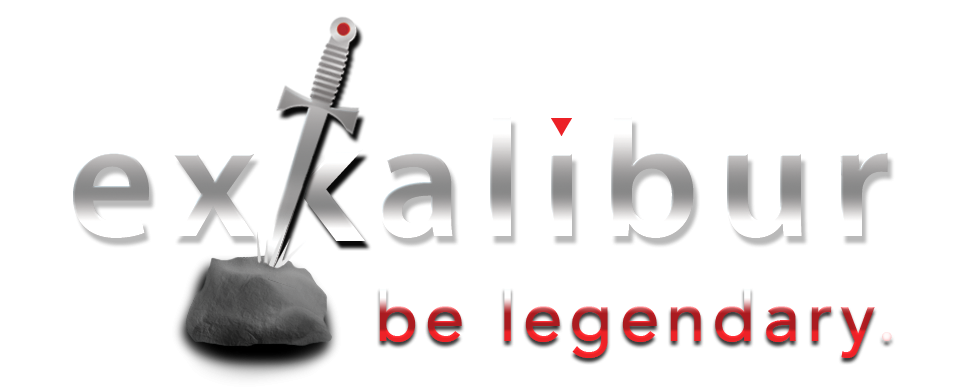For those of you who read the recent column in the April 14 edition of the North Bay Business Journal, entitled A cash crunch necessitates a trip to the bank for a loan, here is the extended version with a more complex borrowing calculation which takes into account the Minimum Cash Balance required. Please feel free to post any comments you have and I’ll try to respond promptly.
“Creditors have better memories than debtors.”
Benjamin Franklin
“John, are you ready for our meeting? We said yesterday that we were going to meet to go over our financial projections and review a possible bank proposal.”
“I’ll be right there, Tom,” John Wilson, company CEO said to his controller. He reflected on their earlier conversation about the Company’s expected negative cash flow and the need to borrow from their bank, most of which resulted from giving extended terms to their customers. John learned his lesson and wanted to avoid borrowing, but Tom had been pretty explicit about the need.
“John, I’ve gone over our short term cash needs again,” Tom said after they gathered in the conference room and were looking at some numbers on the overhead projector. “In the Table shown on the screen, I’ve assumed a $400K line of credit. On Line 1, you can see the expected negative cash flow in the next three periods, of $161,000, $175,000 and $110,000, respectively. If you look on Line 3, you’ll see the minimum cash balance of $150,000, which is our target to ensure that we can pay our payroll, tax and other regular expenses on time. Line 4 shows that we’ll need an additional cash infusion of $246,000 in that first period.”
“Tom, I’m not following you.”
“Sorry, John. Take a look at Line 5 where you’ll see the borrowing of $246K against the line of credit of $400,000. The <$96K> on the Gross Cash Balance line represents the difference between our opening cash balance of $65K and the negative cash flow of <$161k> in Period 1. Then, I’ve added the Minimum Cash Balance from Line 3 so that you can see that we need a total of $246,000 if we’re also going to maintain our minimum cash balance. Line 5 then shows us borrowing to meet that need. A line of credit of $400,000 will give us enough money to get through the first two periods, but after that it’s pretty tight.”
“Tom, I’m still not sure I’m completely following you. If I’m reading this right, it looks like we’ll have a minimum cash balance of $150,00 all the time.”
“John, you’re looking at Line 3, Minimum Cash Balance. That only reflects the target minimum cash balance of $150,000 for each period. The financial model seeks to borrow enough money to cover our operating cash shortfalls as well as our minimum cash target.”
“What if we can’t, Tom?”
“That’s exactly what happens, John, when you get to period 3. You can see from Line 4 that we need to borrow $131,000 in that period to meet both the cash shortfall and our minimum cash requirement. However, we’ve already used up our line of credit by then. In theory, we’ll have a positive cash balance of $19,000, but it’s nowhere near the $150K minimum cash target we’d like.”
“So, if I’m reading this right, the good news is that we have positive cash flow in periods 4 & 5, and while we don’t have any cushion, our cash position is improving from Period 3.”
“That’s right, John. Line 6 shows the cash balance that’s in excess of what’s needed to cover the cash shortfalls, which is the $19K already mentioned. Line 7 just shows how much the projected cash balance falls short of the $150K we should keep on hand. So, Lines 6 & 7 always add up to the minimum cash balance target of $150,000 You’re right that it’s pretty close in periods 3 & 4, but we get back some of our borrowing capacity and achieve our Minimum Cash Balance again in Period 5. If you look at Line 1 for that period, you’ll see it’s because we expect a large, positive operating cash flow in the 5th period, when our receivables finally get collected.”
“Tom, are we sure we can get a line of credit of $400,000? That’s your assumption, isn’t it?”
“Yes, I used an average $400,000 line of credit. In reality, our balance sheet is probably not strong enough to justify anything other than an asset-based loan. In that situation, the bank advances money as a percentage of our outstanding receivables and inventory. The line of credit will vary based on those balances each month, but it should be in that general ballpark.”
“Tom, I think I get the general idea but I do want the specifics. Can we reconvene this afternoon and go over the details? Maybe you could update this table to reflect how the loan availability changes based on inventory and receivables. You can also teach me a little about an asset-based lending program and educate me about your concerns with our balance sheet. I really need to understand this. Can I check back you sometime after 3:00 p.m.”
“Sure, no problem, John. I’ll be waiting.”




Nice writing style. I will come back to read more posts from you.
Susan Kishner